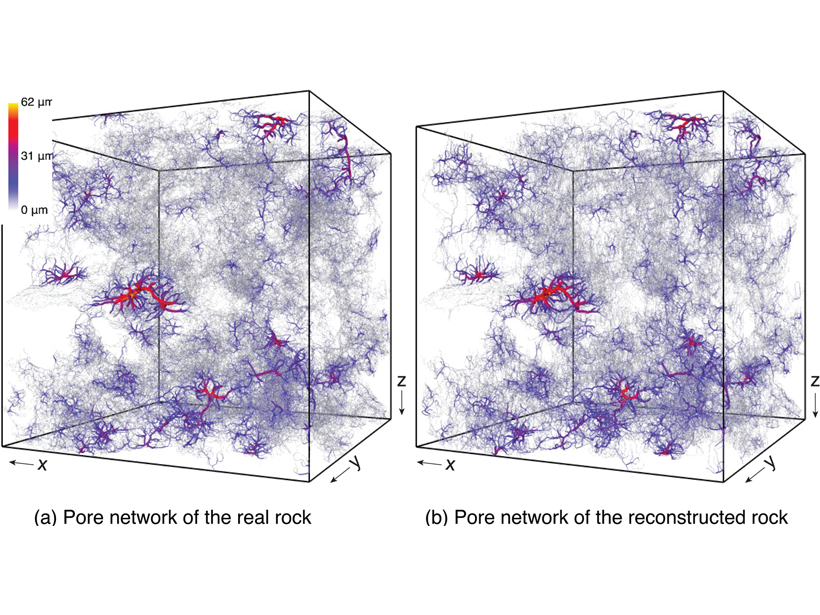Machine learning can be used to accurately reconstruct high-resolution, 3D images of rocks from 2D cross-sections, which opens the door to more detailed simulations.
D. O'Malley
Orcid ID: 0000-0003-0432-3088
Associate Editor, JGR: Solid Earth
Posted inEditors' Vox
Tackling 21st Century Geoscience Problems with Machine Learning
A new cross-journal special collection invites contributions on how machine learning can be used for solid Earth observation, modeling and understanding.


